Greetings, warriors of Jerusalem!
INJ2 by Team Century will be a historically accurate mod. We hope our players can enjoy the game as well as experiencing the immersive living history of the 12th century on Bannerlord platform. In this devblog, we will briefly describe the history of the Ayyubid Sultanate, helping you to get familiar with the background story of this faction.
Note: This blog is based on historical settings; all the storylines are not fictitious. If there is any mistake, please tell us in the comment section.
The Ayyubid Sultanate, also known as the Ayyubid dynasty, was founded by Saladin after he had replaced the Fatimid dynasty in Egypt. The name "Ayyub" was originated from Saladin's father, Najm al-Din Ayyub. Who had served the rulers of Zengid dynasty, Imad al-Din Zengi and Nur ad-Din Mahmud; which he had close relation with.
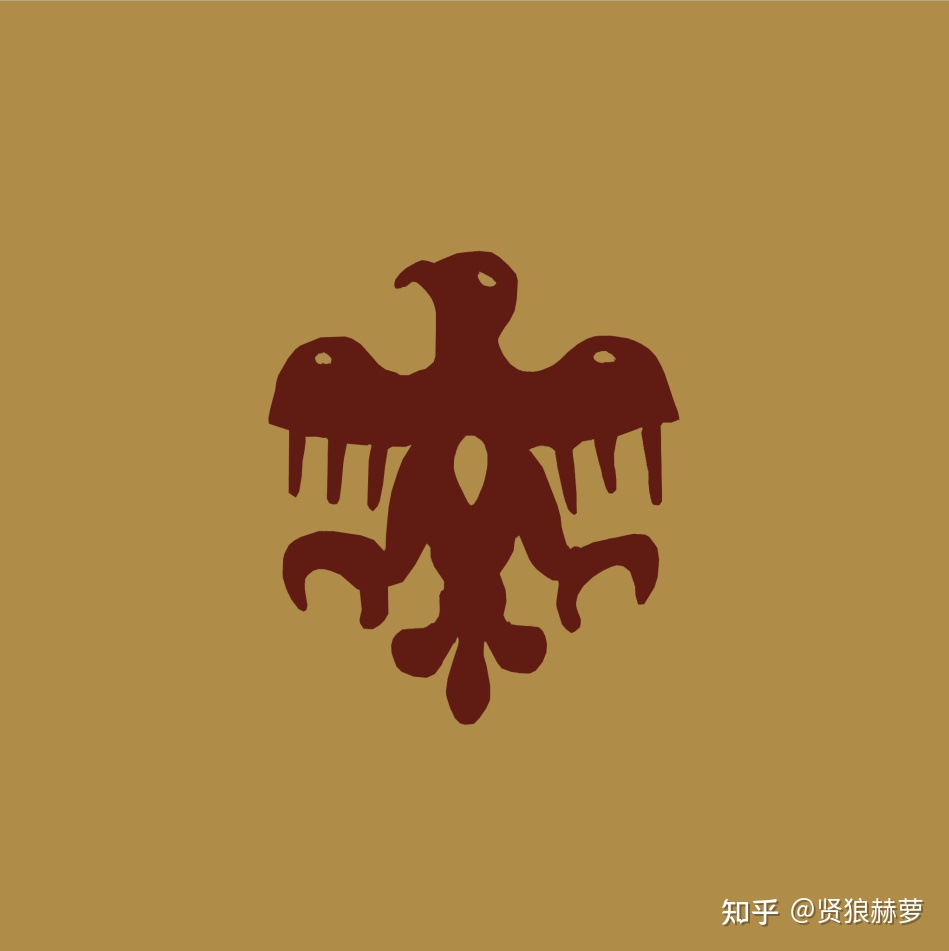
Reconstructional flag of Ayyubid Sultanate
According to historical description & heraldry of Mamluk Sultanate
It is only a hypothetical version and might be changed later
(In fact, there is no final conclusion that it was either single or double headed eagle)
The Eastern Mediterranean between the 10th and 11th century was split and turbulent. Tulunids, Ikhshidids, Fatimids and Seljukid Turks had been emerging one after another, ruling over al-Sham. The prestige of Abbasid Caliph was on the wane due to civil strifes and foreign invasions, which gave an excellent opportunity for the Crusaders to invade the region.
Before Saladin mounted the stage, the Muslims had already gathered around Zengi and Nur ad-Din to fight against the Crusaders. Zengi was Oghuz Turk who became atabeg of Mosul in A.D. 1127 (atabeg was originally assister of a young ruler, and later evolved into a de facto ruler). He captured Aleppo from the Artuqids as well as reaching the plain of Antioch by seizing Atarib and Harem from the Crusader states. In A.D. 1144, Zengi eliminated the County of Edessa, clearing the path between Syria and Iraq. However, for the Crusader states; the inner land barrier was lost due to the fall of Edessa, which meant the end of mass aggression stage of Crusade and the start of counterattack from the Muslims. Zengi himself was entitled as "Protector of the Religion (Imad al-Din)" and "King of Victory (al-Malik al-Mansur)" .
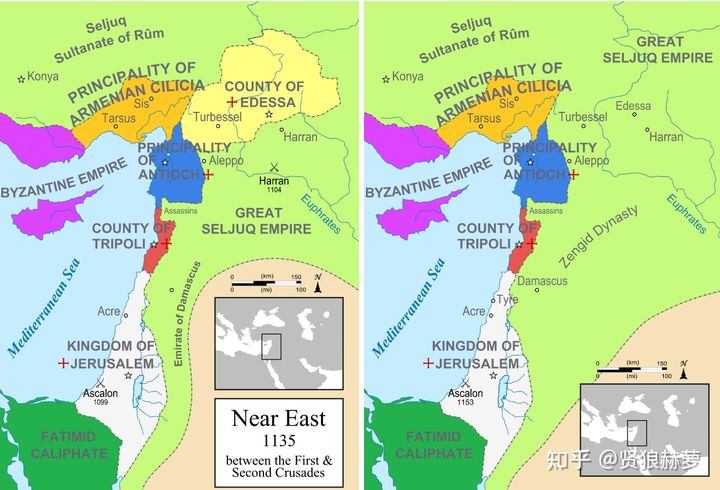
Comparison of the Crusader states between A.D. 1135 and A.D. 1165, showing that the County of Edessa was perished
From MapMaster and Richardprins
After Zengi was assassinated, his younger son Nur ad-Din set Aleppo as capital. Nur ad-Din utilized social resources such as madrasah and mosque to propagate folks to join the movement against Crusaders. In A.D. 1149, he captured cities led by Homs and castles beyond the Orontes Valley; defeated Antioch and Order of Assassins in the battle of Inab. The prince of Antioch, Raymond of Poitiers, was beheaded by Saladin's uncle, Asad ad-Din Shirkuh. The prince's head was contained in a silver case and sent to Baghdad as a gift for the caliph. Since then, the Principality of Antioch had lost most of its territories, and the capital became the front line. The only territories remained under control are the narrow corridor along the coast line.
But Nur ad-Din didn't stop his plan. One year later, he defeated Joscelin II, count of Edessa, and threw him to the dungeon until his death. In A.D. 1154, the governor of Damacus, Mujir ad-Din Abaq made peace and tributed towards the Crusaders, which arouse public anger. Nur ad-Din took advantage of the occasion to seize such strategically important city that he had longed for years. At last, he expanded his influence across Northern Iraq, Asia Minor and Cilicia. He even managed to take some strongholds from the Knights Templar.
Zengi and Nur ad-Din mobilized popular support from anti-Crusader movement; Syria region was politically united at the first time since centuries of division. Such background provided a solid foundation for Saladin to launch massive campigns against Crusader states to take back the lost lands.
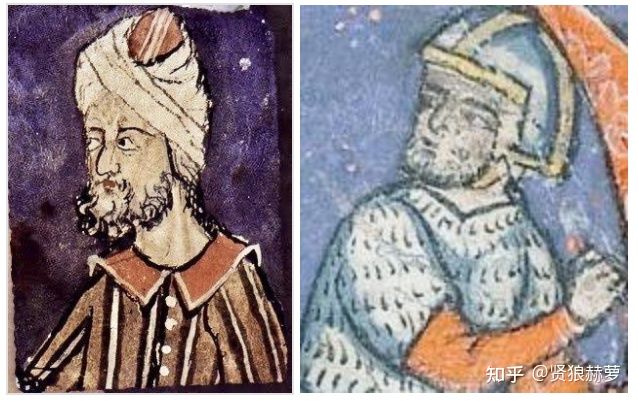
Portrait of Zengi (left) and Nur ad-Din (right, drawn by the Franks)
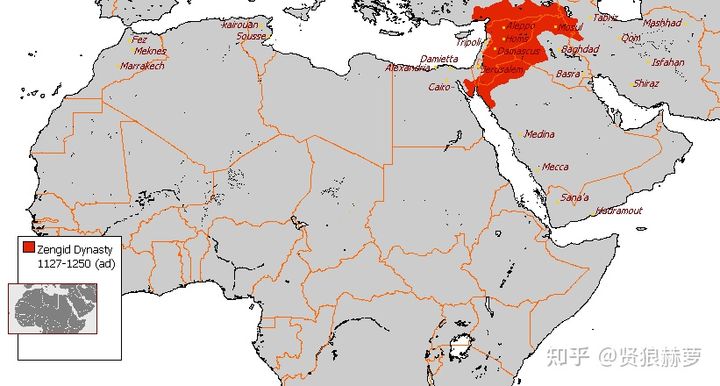
Territory of Zengid dynasty
Saladin was born in A.D. 1137 or 1138 (A.H. 532). He lived in Tikrit of Upper Mesopotamia in his earliest life (modern Northern Iraq) before moving to Damascus with his father and been well educated in a young age. His talent soon made him a brave, intelligent and faithful man with good morality. In A.D. 1164, the Fatimid dynasty in Egypt in turmoil was invaded by the Kingdom of Jerusalem. They asked help from Zengid dynasty where Saladin served for. Then Saladin and his uncle Shirkuh were invited as reinforcement. He participated multiple battles against the Crusaders, which gained much experience for him and made him an seasoned leader.
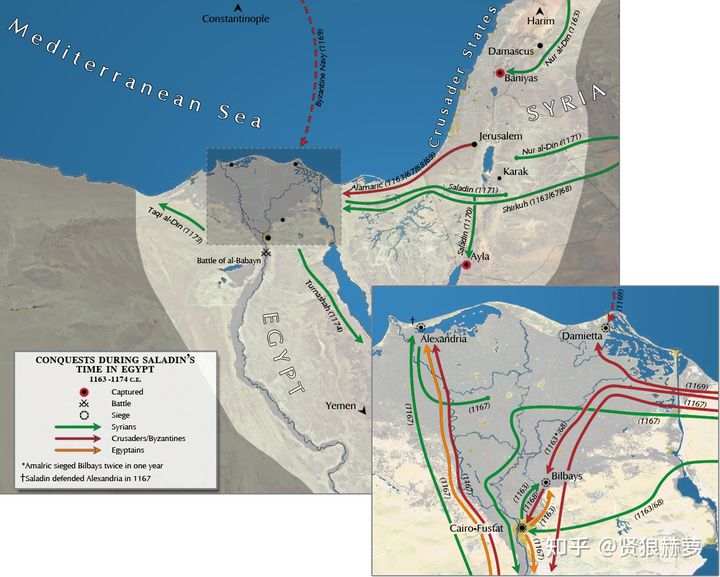
Saladin's combats against the Crusaders in Egypt
From EvitoSol
In A.D. 1169, Shirkuh died and Saladin took over the Syrian army. The Famitid Caliph Al-Adid was forced to appoint Saladin as vizier by the suppression of generals. Two years later, Al-Adid was heavly ill and Saladin took such opportunity to deposed the caliph and built up Ayyubid reign in Egypt(at that time he still kept Nur ad-Din's name to rule).
The Egyptian army suffered from malpractise and poor organizational structure, so Saladin had to reform the military system which he inherited. The original army of Famitid dynasty was made up by a huge number of African slave-soldiers and Armenian mecenaries. Saladin replaced them with fresh blood, making Kurds and Turks as major force with elite calvaries, while keeping the iqta system (a popular levy system in West Asia during medieval age). Instead of a cheap and massive army, Saladin preferred putting more money on maintaining a qualitied one.
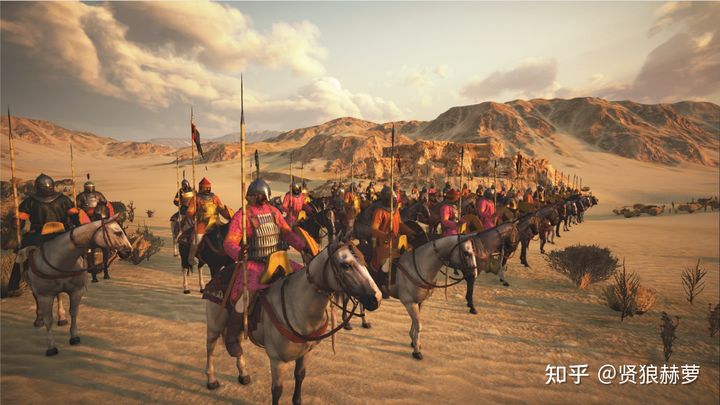
Tawashi, Saladin's feudal calvary
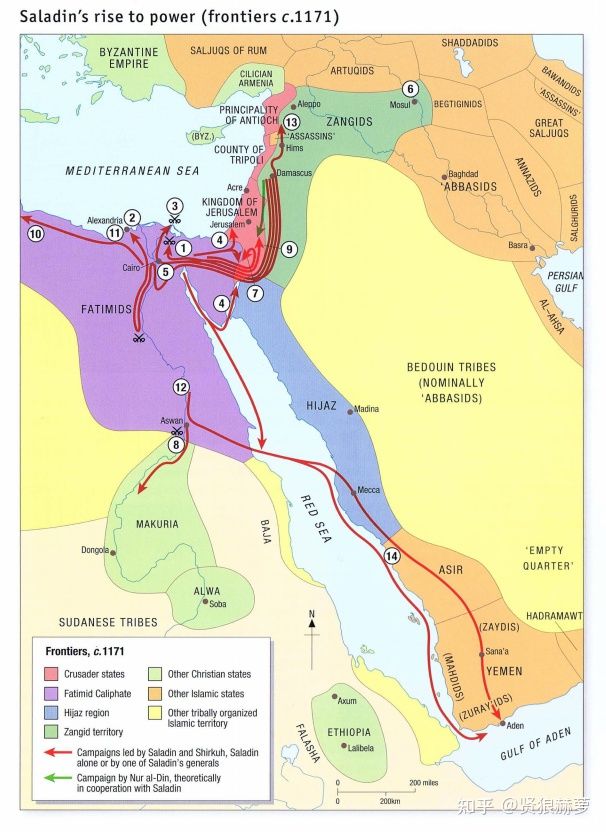
Saladin launched military operations in Maghreb, Libya, Nubia, Hejaz and Yemen
From David Nicolle's Saladin
In A.D. 1174, Nur ad-Din and Amalric died off, the death of both faction leaders has made the situation of Syria region become unclear. After the death of Nur ad-Din, his 11 years old son as-Salih Ismail al-Malik was supported by his mother-in-law Ismat ad-Din Khatun to rule in Damacus and paid tribute to make peace with KoJ; Gümüshtekin, a eunuch from Mosul, forced as-Salih to Aleppo and stole the power of governance; Nur ad-Din's nephew Sayf al-Din Ghazi II seized the chance to annex lands on the east of Edessa. Yet those factions had no equivalence strength against Saladin.
Saladin marched towards Syria once Nur ad-Din was dead. In October, he arrived the southern gate of Damascus, Bosra, captured the city without bloodshed, and appointed his younger brother Sayf al-Islam Tughtakin as governor. He captured the strategic point of Southern Syria which was a perfect spot to further expand his territory.
After the fall of Damascus, Saladin led 700 calvaries as vanguard, moved north and took over Homs, Hama. He approached the gate of Aleppo to request himself as legitimate supervisor of as-Salih. Gümüshtekin contacted with Rashid ad-Din Sinan, the leader of Assassins(more commonly called Al-Mualim "the Teacher") to assassinate Saladin.
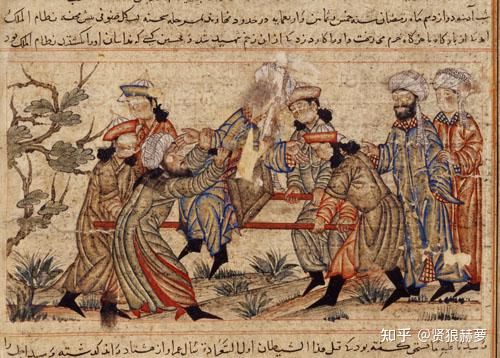
A 14th century miniature in Topkapi Palace, Turkey
Depicting the assassination of Nizam al-Mulk, vizier of Seljuk Empire in A.D. 1092
The killer on the left with white turban is Assassin's agent
According to the record, three assassins disguised as religious warrior arrived in Saladin's camp and asked to join. After they entered Saladin's tent, the leading one suddenly pulled out a poisonous dagger. He stabbed an emir before rushing towards Saladin. Saladin was stabbed during the grappling, but luckily his secret armour kazaghand (a type of Islamic armour, the mail was sewed within cloth, which looks like a normal cloth, but it is actually a heavy armour) saved his life as the dagger hadn't penetrate into his body. Soon after, the ghilman stormed in and killed the assassins. But the emir who had been stabbed was poisoned to death. Such incident lingered fears on Saladin, so he paused his plan, reorganized the army and retreated south.
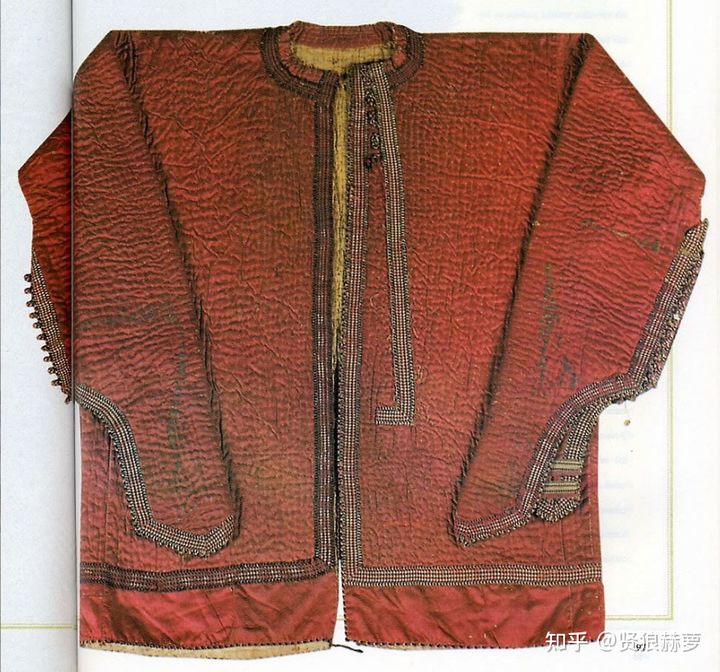
Kazaghand from the Ottoman Empire
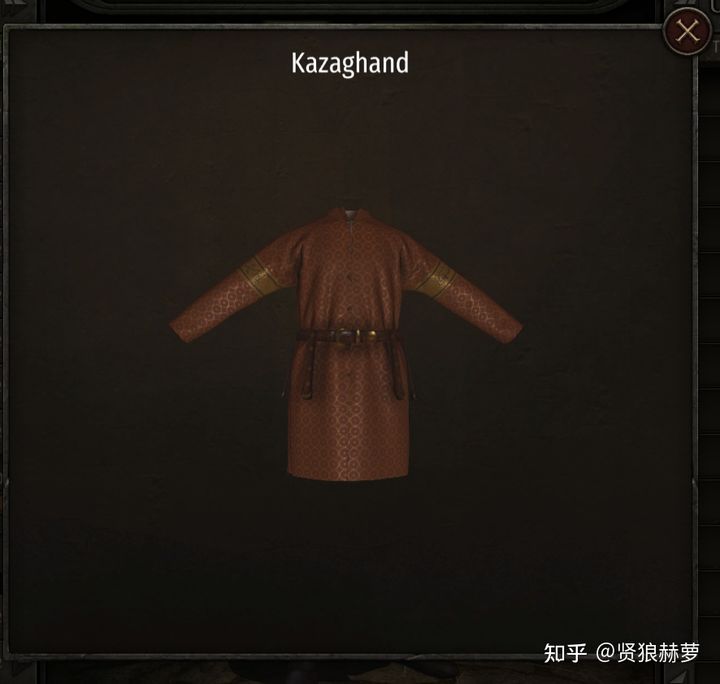
Team Century utilized information from the Ottoman Empire relics and reconstruction from David Nicolle's Saracen Faris 1050-1250, as well as self-depiction from Usama ibn Munqidh (A.D. 1095-1188) to recontruct heavy kazaghand with double mail.
It will be one of the best armours in INJ2
Now, Mosul appeared to be obstacle for Saladin's reunion. The mobile troop he owned wasn't sufficient to launch a decisive battle against the Crusaders. While remainders of Zengid dynasty in Mosul was the center chaos and resistance. Once Saladin controlled this city, it would become a central point for him to mobilize all forces from Egypt to Syria to fight with the Crusaders. Also, the hostility of Aleppo was a great threat.
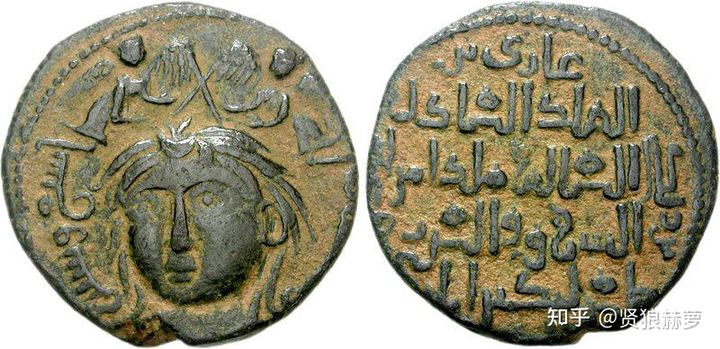
The dirham of Sayf ad-Din Ghazi II, atabeg of Mosul (r. 1170-1180), minted in 1171-1172
From Classical Numismatic Group, Inc. Cngcoins.com
In April, A.D. 1175, Saladin relied on his elite halqas to route the allied forces of Mosul and Aleppo which were superior in number in the Horns of Hama. The battle solved the potential threat in Saladin's backyard, and later he was granted a title as "Sultan of Egypt and Syria" by the Abbasid Caliph Al-Mustadi.
Two years later, Philip of Alsace, the powerful count of Flanders arrived in the Holy Land. Major forces of KoJ gathered around him and count of Tripoli to besiege Hama on the north bank of Orontes River. In response, Saladin gathered his Egyptian army, mostly former Fatimid troop and Turkic forces in Egypt, and started to invade KoJ. Only a few of garrison remained in the castle of Gaza, so Saladin's army quickly stormed the stronghold and surrounding area which belong to the Knights Templar.
The young king Baldwin IV, who hadn't suffered too much from leprosy at that time, gathered all surrounding troops, including 375 knights and the grand master of Knights Templar, Odo de St.Amand with his 80 Templar brothers. However, the Crusader forces were still outnumbered, the number of infantries and Turcopole (local Christian cavalry practicing Turkic tactics) were not exceeded for 7000.
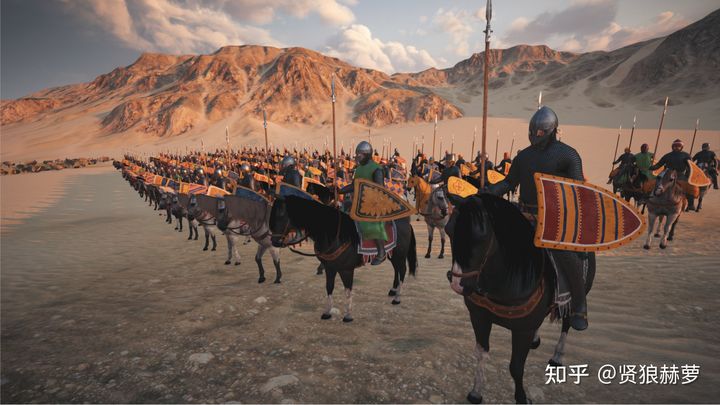
Well equipt and trained heavy cavalry was one of the toughest enemy for Ayyubid Sultanate
Saladin was superior in number, so he scattered his troop to raid surrounding area, while Baldwin's troop following behind. Finally, in November 25th, the Crusader army managed to catch up with Saladin in Montgisard near Ramla. The Crusader knights were prepared for battle; they quickly formed their formation and charge towards the enemy, while Saladin's forces were dragged down by the loots, and many of them even weren't equipt with armour. Master Odo and Raynald of Châtillon led knights to crashed Saladin's army. Baldwin IV wasn't in front line, but his presence next to the True Cross dragging the sick body had significantly brought up the moral of the Crusaders.
After defeated, Saladin wore common clothes and rode a race camel to escape. He was even harassed by the Bedouin bandits on his way to Egypt. That was the only major defeat after Saladin had taken in charge of power and before he met Richard the Lionheart; this battle became a shame in his life.
After the battle of Montgisard, Baldwin decided to focus on the north. Under his permission, the Knights Templar began to recruit architects and worker, building a giant castle in the Golan Heights which named Chastellet. Saladin realized it was a threat and provoke from the Crusaders, as the fortress was only half day away in the saddle from his capital Damascus. Yet he was still busy dealing with the Zengid rebellion in Northern Syria, so he offered 60,000 denars to request Baldwin and the Knights Templar to stop building the castle. However, those knights refused. Despite Saladin further offered extra 40,000 denars, the Knights Templar still refused such materialized bribe.
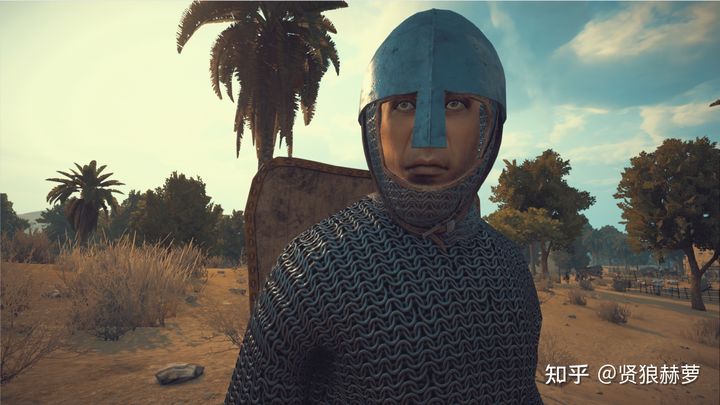
"Thou shall not humiliate me with gold"
Order of Templar was a military monastry order. Members of the order contribute their life on religious career with simple and strict code. As they were not allowed to decorate their horses and weapon, nor talking to female and so on. On that time, every borther of the order was strong and determined warrior.
In the summer of A.D. 1179, Chastellet has become a stronghold with a 10 meters high stone wall and a gigantic tower. Saladin had enough with this unfinished castle, so he decided to clear such threat once for all. The major force of KoJ settled in Tiberias and only half or one day distance, so Saladin must take over the castle before reinforcement's arrival. Or, he should just eliminate the reinforcement.
Baldwin IV gathered troops which were way more than they had in Montgisard, leading his army and marched towards Marj Ayyun. Saladin decided to strike back by ambushing the marching Crusaders. Master Odo was captured on the field. Baldwin IV even couldn't control his own horse, and almost was killed. It was the constable Humphrey III of Toron who sheltered the king with his body against lance thrusting that helped Baldwin survive. In the end, a knight carried the exhausted king to cross the river and hide in Beaufort Castle.
After winning the battle, Saladin turned back towards Chastellet to attack by showering down arrows and ordering professional engineers to dig tunnel, preparing to burn down the foundation. The encircled Templars sent a message to their king. When the king received their letter, days had already passed since the siege started. But the KoJ didn't have enough strength to send extra reinforcement as they have been defeated recently. Six days later, the foundation of the wall was burnt down. Saladin's soldiers stormed into the castle, killed 700 Knights Templar and soldiers who refused to surrender, and captured 800 craftsmen. It was a decisive win for Saladin, after this battle; the KoJ wouldn't be able to take the initiative, and the Crusaders couldn't impose threat in the border for years.
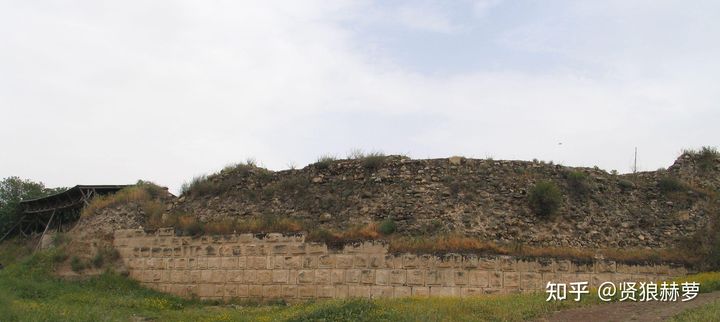
Ruin of the Crusader stronghold in the West Bank, Ateret.
From Bukvoed - Own work
In May, A.D. 1183; Saladin attacked Aleppo again to conquer the ancient city. His kadi al-askar (army religious judge) Ibn Shaddad recorded the battle:
"When the sultan descended upon Aleppo, he summoned troops from all quarters and a vast host assembled. He pressed the assault strongly and ‘Imad al-Din (Zengi II) realised that he did not have the strength to resist him. He had already become exasperated with the emirs' demands and recalcitrance; he therefore requested Hussam ad-Din(governor of the fortress of Aleppo) to approach the sultan in his behalf, and persuade Saladin to grant him the territory he had formerly held in exchange for the government of Aleppo. This arrangement was concluded quite unknown to the people or the garrison of the city. When matters had been settled in this wise, and the news was made public......The garrison then came forth from the city to place themselves at the disposal of the sultan, who remained in his camp in the green plain, and with them came the chief men of the city. The sultan clothed them with robes of honour, and set all minds at rest."
In the end of the year, the internal situation of Ayyubid dynasty took a favourable turn. Saladin wanted to revenge on how Raynald assaulted in the Red Sea, so he decided to attack Kerak. That was the time when Raynald's son-in-law was holding a wedding with Isabella, princess of Jerusalem in the castle. Saladin generously provided two weeks' truces for the couple to get married, while Raynald utilized the gap of the truces to send messengers towards the king to ask for reinforcements. In the end, Saladin decided to retreat. Although the siege wasn't successful, it was the first time for Saladin to summon Muslim warriors from different regions such as Egypt, Arabia and even Persia to fight for him, revealing strong leadership. Simultaneously, Baldwin IV's physical condition has worsened considerably. He was unable to lead an army ever since.
Military means were not the only method for Saladin. Equally, he also focused on diplomacy to accomplish his agenda. He was aware of the conflict between the lord of Harran, Muzaffar ad-Din Gökböri and governor of Mosul, 'Izz al-Din Mas'ud. So he allied with Gökböri from their hostility, and then had his influence across Euphrates to reach Edessa, Raqqa, Nisibis and Serugh. Meanwhile, he expanded his alliance with Sultanate of Rum by helping them deal with the Armenians.
Money was also a source for him to buy loyalty. The ultimate for most of the emirs was power and money. But for Saladin, money is a tool to settle down problems. He utilized wealth of Egypt to conquer Syria and gather wealth of Syria to conquer Jazira (upper Mesopotamia) , and then collect wealth of Jazira to expand towards the coastline. Saladin redistributed the heritage of Fatimid dynasty to his emirs, as return of loyalty as well as the bound of relationships.
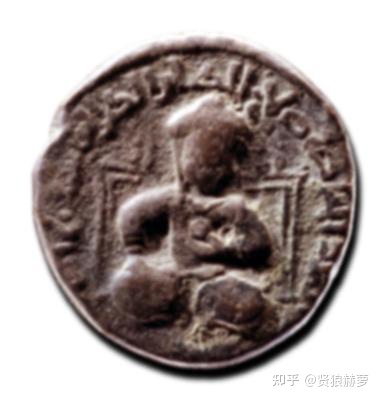
A dirham with the feature of Saladin
minted in Mayyafariqin (today's Silvan in Diyarbakir, Turkey), A.D. 1189-1190
The feature on the coin wears a sharbush (high fur cap commonly worn by Seljuk Turk rulers)
From Kreuzfahrer assumed (based on copyright claims)
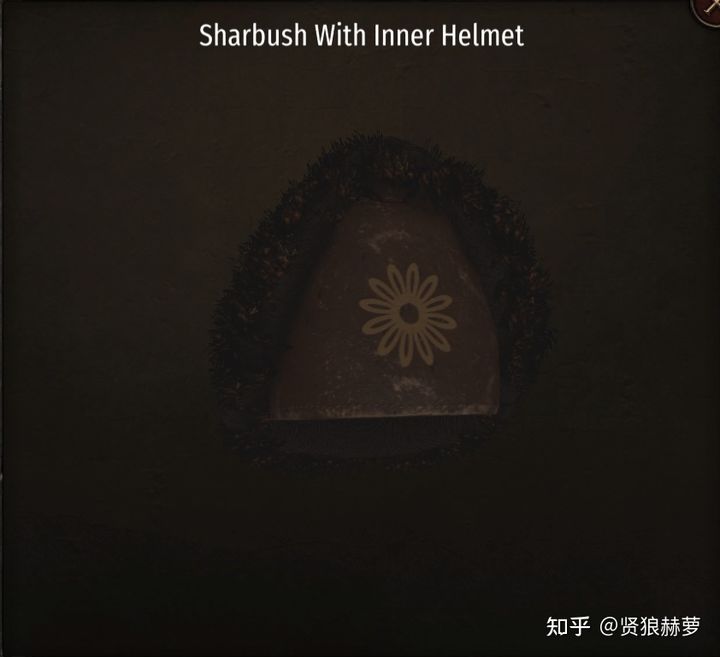
Sharbush in INJ2 (WIP)
As the leader of Islamic faction, every policy and operation towards Crusader states made by Saladin was to maximize the interest of Muslims. He had made a four years truces with Crusaders before marching towards Mosul. And when he was hostile towards Jerusalem, he sent a fleet from Egypt to block down the ports of Palestine, cutting down the supply line of Franks, while purchasing materials from the maritime republics of Italian Peninsula.
In terms of diplomacy, Saladin was good at taking advantage to undermine his enemy by asking third-party reinforcement to isolate Franks in Levant. He signed a peace treaty with the Romans when the Franco-Roman alliance broken down. Since then, he launched a long-term campaign against the Franks and defeated them. The Egyptian fleet even managed to appear in the port of Arce.
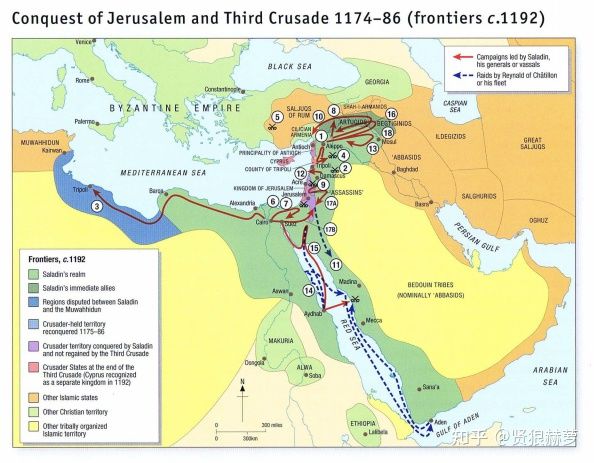
Vast expansion of Ayyubid Sultanate after Nur ad-Din's death
From David Nicolle's Saladin
Over the last ten years, Saladin had been constantly strengthening his base in Egypt, use military and diplomatic means to eliminate the internal enemy, annex warlords in Syria and Jazira. At last, the atabeg of Mosul surrended in A.D. 1186, and Saladin officially united the sultanate.
Centuries of division have ended, the Muslims between Tigris and Nile are now gathering around Saladin's banner. Damascus has become the capital of the sultanate. Cairo, Alexandria and Aleppo are all under control of the sultan. Saladin also allied with Turkic rulers from Mosul and Anatolia, and was granted as sultan by the Abbasid Caliph. For his mighty army, the widest plain also seems to be narrow, and the dust arisen by marching could cover even the sky.
The Sword of Religion points towards Jerusalem. The Holy City shall be taken in no time!



I would go to too for one head eagle for Saladin's banner if he really inspired from Egyptian ones, and double headed eagles are typically seljuks/turks. Saladin probably wanted to differentiate from them. Very good blog! very complete! Awesome work.
Yeah, single head is my proposal
Amazing........
Wow, that was a good read.
Just a minor inconvenience. I understand that English is not the first language of the devs. But to make the mod more pleasing to the western english readers, it would be better to put these texts through a word processor. There are several mistakes in grammar and punctuation. I would be happy to be of service and just edit these if you require me to.
I am just simply nitpicking through otherwise a brilliant article.
All the article has been running through a grammar checker; some minor detail might gone without our notice or is not detected by the program. Thank you for your suggestion and we will working on it to improve the quality of our works.
i love this mod but I just suggest you to increase the shields of Arabs and Muslims and i love to say thank you by 5 languages
Arbic : شكرا لك
french : Merci
Chinese : 谢谢 i hope you see my comment <3
Indonesian: Terima kasih
Russian : Спасибо
This comment is currently awaiting admin approval, join now to view.
This comment is currently awaiting admin approval, join now to view.